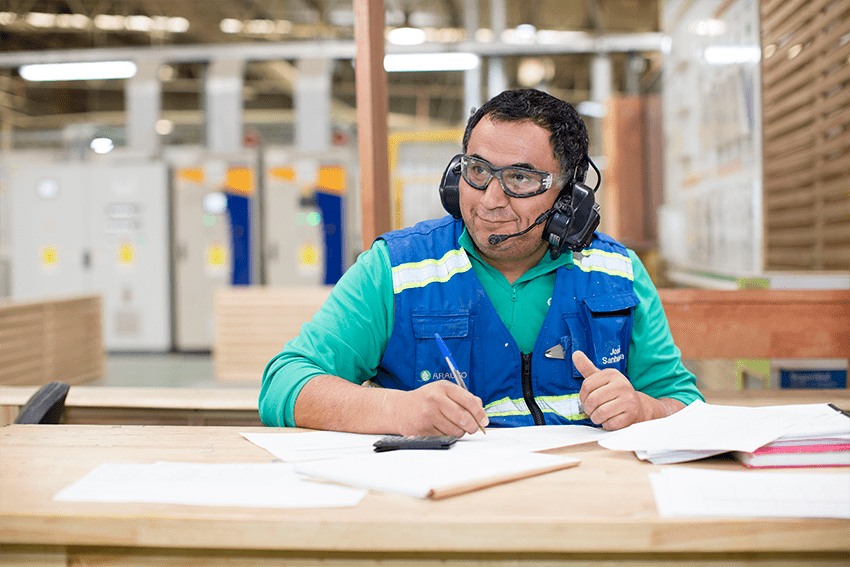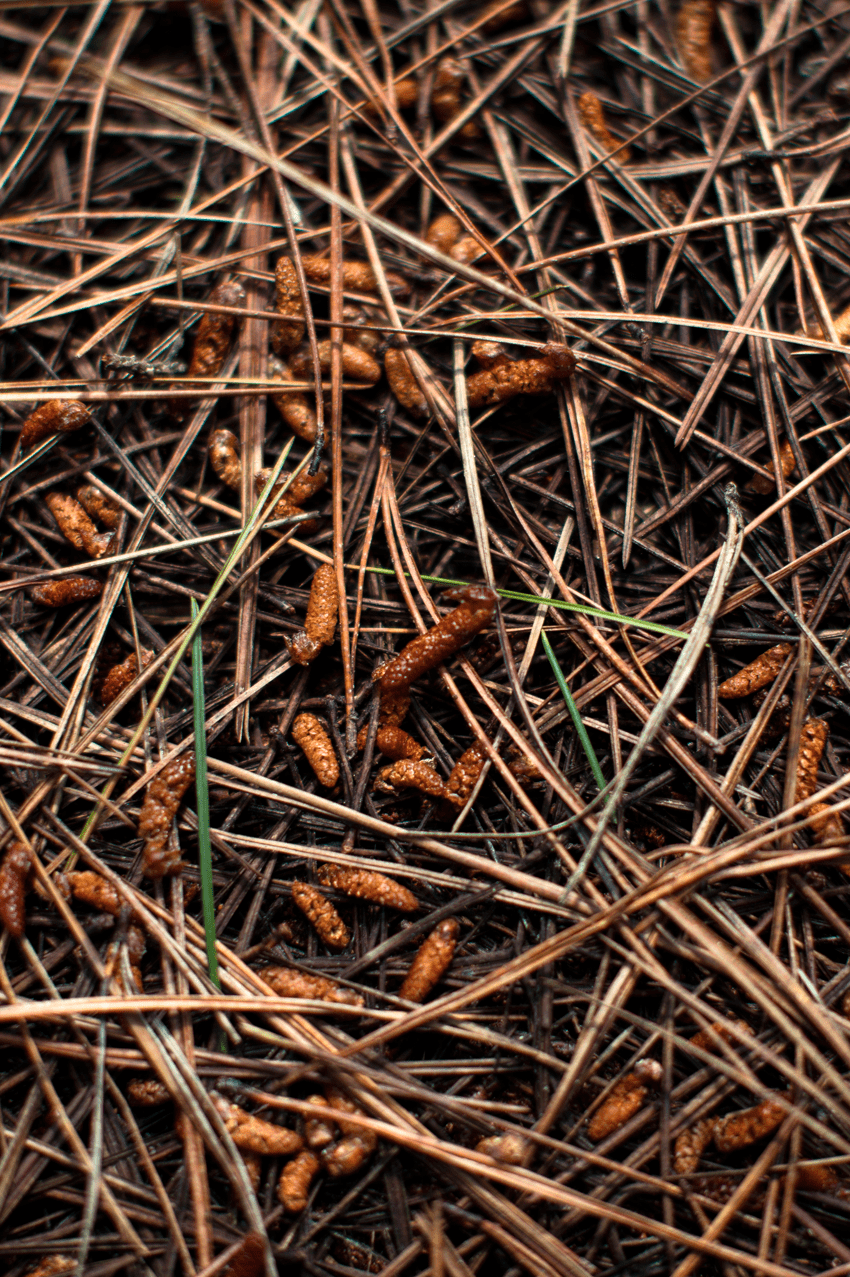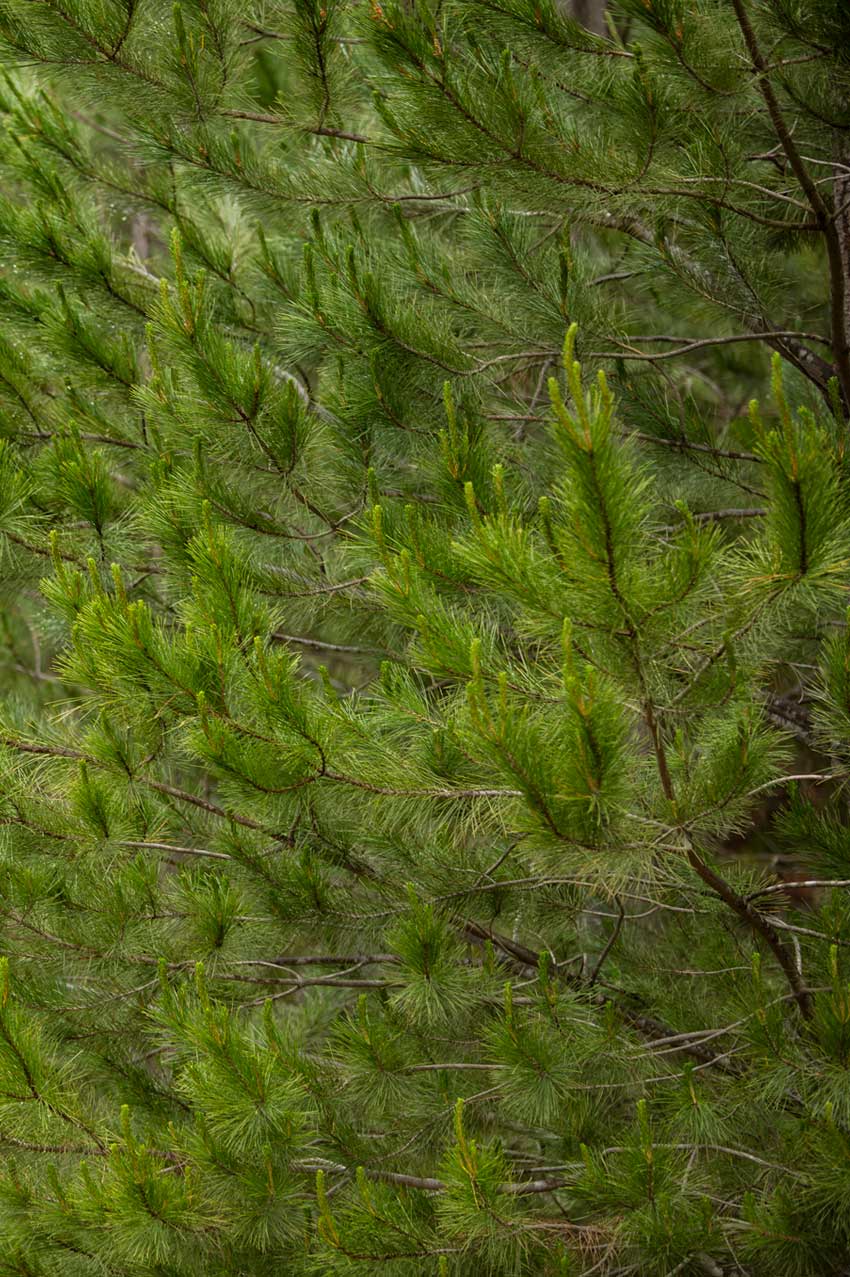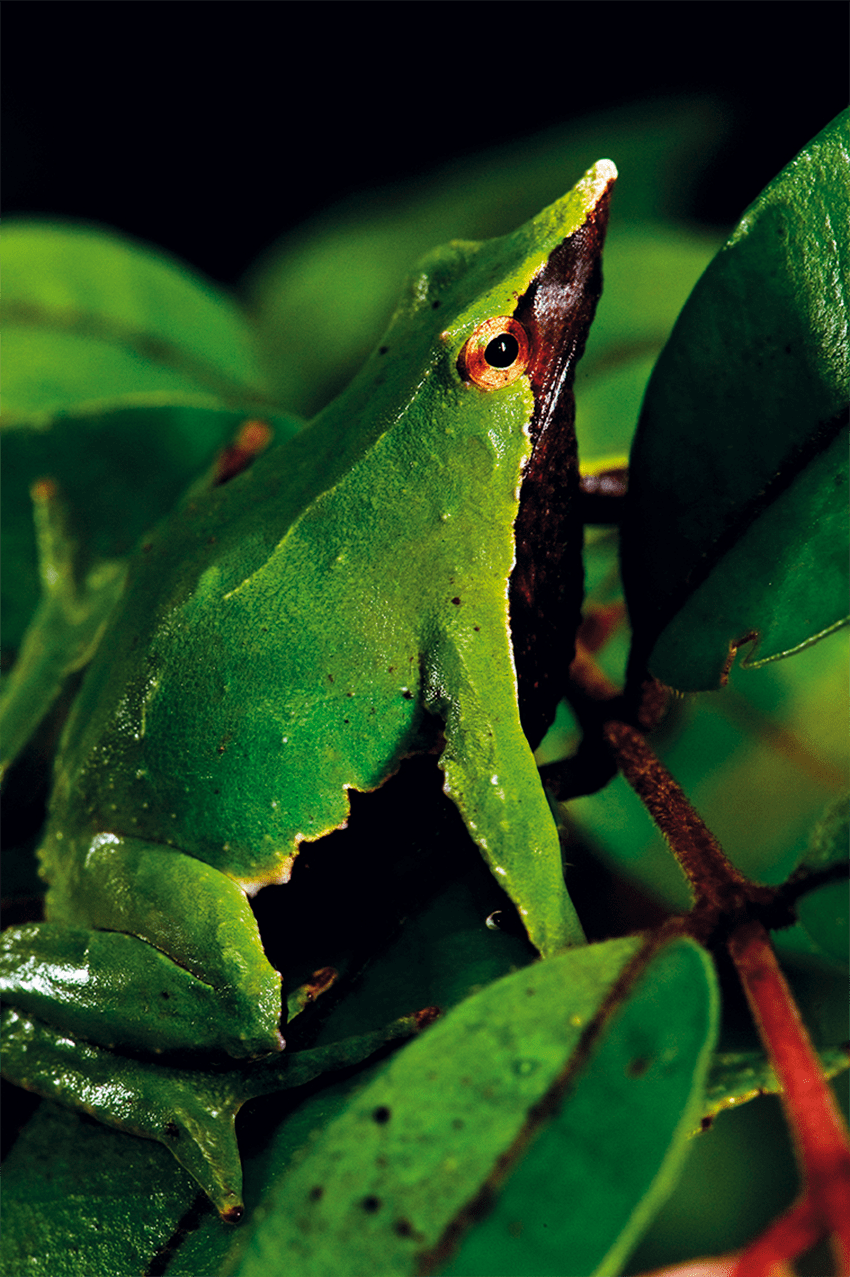
-
-
We conduct research to improve Bioforest: Research and innovation to develop and apply the best technologies that maximize the production of forest and industry resources.
-
We conduct research to improve Bioforest: Research and innovation to develop and apply the best technologies that maximize the production of forest and industry resources.
Research and development are essential to ensure sustainability over the long term. To do so, we created Bioforest, a Center of excellence for research ito serve people. We conduct research and develop and apply the latest technologies at the center’s woodpulp and biotechnology labs and greenhouses, as well as the company’s forestland and industrial facilities.


Biocel
At Biocel we aim to optimize the production process of pulp, develop products and apply techonologies for the treattment and transformation of waste.
See More
Forestry
We aim to fully understand the soils, environment and forest species that ARAUCO grows, in order to optimize and maximize plantation growth and the production of timber, in addition to fulfilling the environmental objectives for the protection and conservation of biodiversity present in our native forests.
Biocel
We aim to optimize production processes, develop pulp products and technologies for the treatment and trasnformation of waste into byproducts that add value to the company. To do so, we simulate different pulp production processes and analyze critical parameters for products and processes.
Biopanels
Because ARAUCO is a global panel producer for the furniture and construction industries, our research focuses on improving tha panel production process, studying the physical-mechanical properties of products, searching for new adhesives and developing new products.
Research Projects
We develop a wide range of scientific projects and initiatives to increase and improve our knowledge of the ecosystems we inhabit.
Knowledge of soils

[:es]Bioforest has studied the soils (at a geological level and regarding physical variables) that comprise our forestland, identifying, 13 different types. The use of a Sustainable Precision Silviculture method allows us to know exactly which plant will grow more appropiately in each area of our forestland.[:en]Bioforest has studied the soils (at a geological level and regarding physical variables) that comprise our forestland, identifying, 13 different types. The use of a Sustainable Precision Silviculture method allows us to know exactly which plant will grow more appropiately in each area of our forestland.[:pb]Bioforest ha estudiado los suelos (a nivel geológico y en función de variables físicas) que componen nuestro patrimonio forestal , identificando 13 tipos de suelos distintos. Gracias a la metodología de Silvicultura de Precisión Sustentable, permite saber a “ciencia exacta” qué planta crecerá de forma más apropiada a cada lugar del patrimonio.[:]
Sanitary Protection

[:en]In 2006, Bioforest dentified the agent that was affecting the foliage of radiata pine in the Arauco Province. Damage was being caused by a fungus species that had never been found on trees. The company named this species (Phytophthora pinifolia, Durán). Bioforest uses biological control to manage pests.[:es]In 2006, Bioforest dentified the agent that was affecting the foliage of radiata pine in the Arauco Province. Damage was being caused by a fungus species that had never been found on trees. The company named this species (Phytophthora pinifolia, Durán). Bioforest uses biological control to manage pests.[:pb]En 2006 Bioforest identificó el agente que afectaba el follaje de pinos radiata en la Provincia de Arauco, constatando que el daño era causado por una especie de hongo que nunca se había detectado en árboles. La empresa puso el nombre específico a esta especie (Phytophthora pinifolia, Durán). En esta materia, Bioforest utiliza controladores biológicos para manejar plagas.[:]
Nanocellulose

[:es]In mid 2014, Bioforest was able to produce Nanocellulose at its lab, providing an opportunity for further research. Nanocellulose, which comes from pulp, is transparent, lightweight, and eight times more resistant than stainless steel.[:en]In mid 2014, Bioforest was able to produce Nanocellulose at its lab, providing an opportunity for further research. Nanocellulose, which comes from pulp, is transparent, lightweight, and eight times more resistant than stainless steel.[:pb]A mediados de 2014, Bioforest logró producir Nanocelulosa en su laboratorio, abriendo un potencial de investigación. La nanocelulosa, proveniente de la celulosa , es transparente, ligera y ocho veces más resistente que el acero inoxidable.[:]
Biotechnology Lab

[:es]Clones for the annual establishment of plantations are developed at this lab, through cell multiplication. To do so, cell copies are extracted from each seed, whose origin is known, and are sent to the site. Five years later, their performance is analyzed and the best trees are selected and mutliplied, increasing the production of plantations by 40%.[:en]Clones for the annual establishment of plantations are developed at this lab, through cell multiplication. To do so, cell copies are extracted from each seed, whose origin is known, and are sent to the site. Five years later, their performance is analyzed and the best trees are selected and mutliplied, increasing the production of plantations by 40%.[:pb]En este laboratorio se desarrollan clones para el establecimiento anual de plantaciones, a través de multiplicación celular. Para esto se conoce el origen de cada semilla y se extraen copias celulares que son enviadas a terreno. Tras cinco años se analiza rendimiento, se selecciona los mejores individuos y se multiplican, aumentando la productividad de plantaciones en 40%[:]
Captive breeding of Darwin’s frog

[:es]Researchers from Bioforest, Universidad de Concepción, the Ministry of Environment and German experts are leading this project that aims to reintroduce this native specie into the Nahuelbuta National Park. This endangered species has been considered to be a true sensor of the ecosystems where it lives, In addition, it is famous for a strange form of brooding, termed Neomelia.[:en]Researchers from Bioforest, Universidad de Concepción, the Ministry of Environment and German experts are leading this project that aims to reintroduce this native specie into the Nahuelbuta National Park. This endangered species has been considered to be a true sensor of the ecosystems where it lives, In addition, it is famous for a strange form of brooding, termed Neomelia.[:pb]Investigadores de Bioforest, Universidad de Concepción, Ministerio de Medio Ambiente y expertos alemanes, lideran proyecto para reintroducir esta especie endémica en Parque Nacional Nahuelbuta. Hoy en peligro de extinción, ha sido considerada como un verdadero sensor de los ecosistemas donde habita. Además, se ha hecho famosa por extraña forma de incubación, llamado Neomelia.[:]
Bioforest has studied the soils (at a geological level and regarding physical variables) that comprise our forestland, identifying, 13 different types. The use of a Sustainable Precision Silviculture method allows us to know exactly which plant will grow more appropiately in each area of our forestland.
In 2006, Bioforest dentified the agent that was affecting the foliage of radiata pine in the Arauco Province. Damage was being caused by a fungus species that had never been found on trees. The company named this species (Phytophthora pinifolia, Durán). Bioforest uses biological control to manage pests.
In mid 2014, Bioforest was able to produce Nanocellulose at its lab, providing an opportunity for further research. Nanocellulose, which comes from pulp, is transparent, lightweight, and eight times more resistant than stainless steel.
Clones for the annual establishment of plantations are developed at this lab, through cell multiplication. To do so, cell copies are extracted from each seed, whose origin is known, and are sent to the site. Five years later, their performance is analyzed and the best trees are selected and mutliplied, increasing the production of plantations by 40%.
Researchers from Bioforest, Universidad de Concepción, the Ministry of Environment and German experts are leading this project that aims to reintroduce this native specie into the Nahuelbuta National Park. This endangered species has been considered to be a true sensor of the ecosystems where it lives, In addition, it is famous for a strange form of brooding, termed Neomelia.
